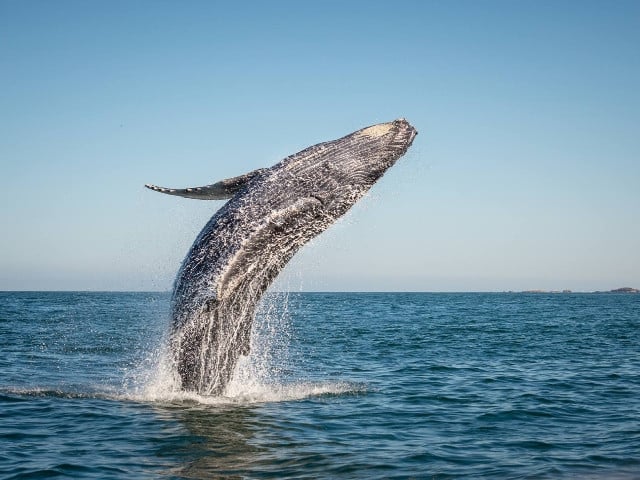Whales, the majestic giants of the ocean, have a remarkable evolutionary history that dates back over 50 million years.
Once land-dwelling creatures that walked on four legs, these marine mammals evolved from their ancestors, like Pakicetus, which roamed the shores of present-day Pakistan. Pakicetus, a goat-sized creature, exhibited early adaptations for aquatic life, including the ability to hear underwater.
As their descendants continued to adapt to life in water, the cetacean lineage led to species like Ambulocetus, which lived between 50 and 48 million years ago.
Today, whales are divided into two main groups: the baleen whales and the toothed whales.
Baleen Whales vs. Toothed Whales
Baleen whales, such as humpbacks and blue whales, have fibrous ‘baleen’ plates that help them filter large quantities of zooplankton like krill and copepods. Toothed whales, including orcas, sperm whales, and belugas, have teeth that enable them to feed on larger prey such as fish, squid, and other marine mammals. Interestingly, all dolphins, including porpoises, fall under the category of toothed whales due to their genetic connection.
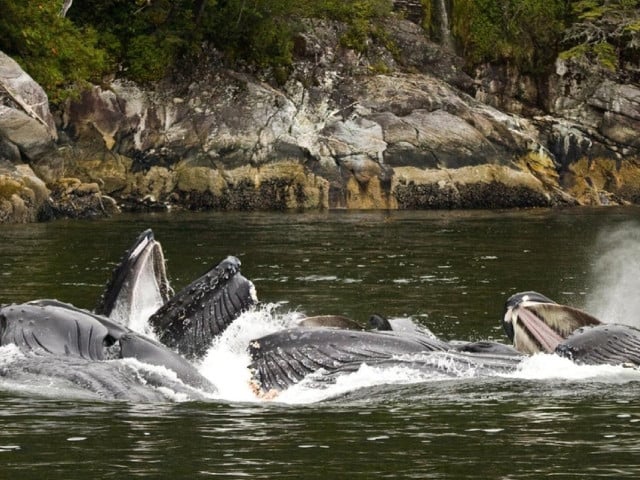
Humpback Whales’ Migratory Feast
Humpback whales in the Southern Hemisphere can go for months without eating, relying on their fat reserves for 5.5 to 7.5 months during migration. Their long journey from tropical breeding grounds to the Antarctic is an opportunity to feed on vast quantities of krill in the nutrient-rich waters.
Echolocation and ‘Melons’
Toothed whales have a unique adaptation called the ‘melon,’ a mass of tissue in their foreheads that focuses their calls for echolocation. This allows them to ‘see’ their surroundings by bouncing sound waves off objects, aiding in communication and hunting.
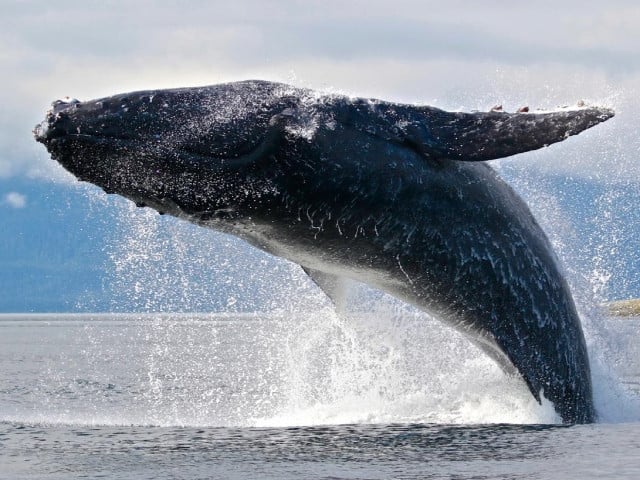
The Art of Bubble Net Feeding
Some whale species, particularly humpbacks, employ a sophisticated feeding technique known as bubble netting. Working together, the whales blow bubbles that trap schools of fish or krill, making them easy targets for the group.
The Decline of Antarctic Blue Whales
Once numbering over 225,000, Antarctic blue whales were nearly decimated by whaling in the 1900s. Today, fewer than 2,000 individuals remain, highlighting the devastating impact of exploitation on whale populations.
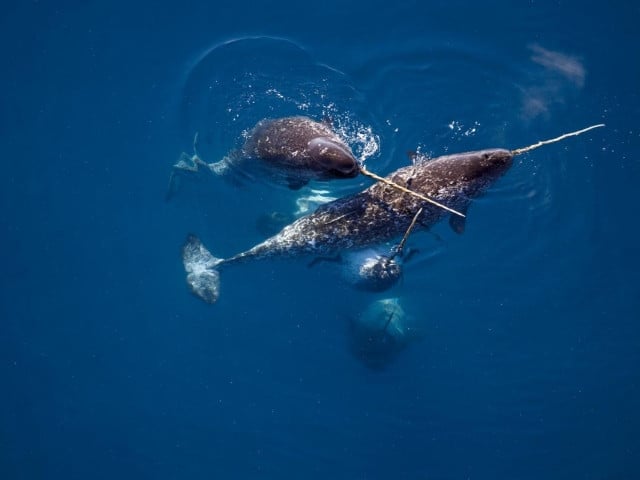 Threats from Human Activity
Threats from Human Activity
A major concern for whale conservation is entanglement in fishing nets. More than 85% of North Atlantic right whales have been caught in fishing gear at least once, with many encountering multiple entanglements during their lifetimes.
Narwhals: The Tusked Wonder
Narwhals, often called the “unicorns of the sea,” are distinguished by their spiralled tusks, which develop from a tooth. These tusks, found primarily in males, serve multiple purposes: foraging, breaking ice, and as a sensory tool to detect changes in ocean salinity. The name ‘narwhal’ itself is derived from Old Norse, meaning “corpse whale” due to their skin colour resembling that of a drowned sailor.
The Largest Animal on Earth
The Antarctic blue whale holds the title of the largest animal to have ever lived, reaching lengths of up to 30 metres and weighing as much as 180 tons—equivalent to about 36 elephants. These massive creatures consume up to 4 tonnes of krill a day to sustain their enormous size.
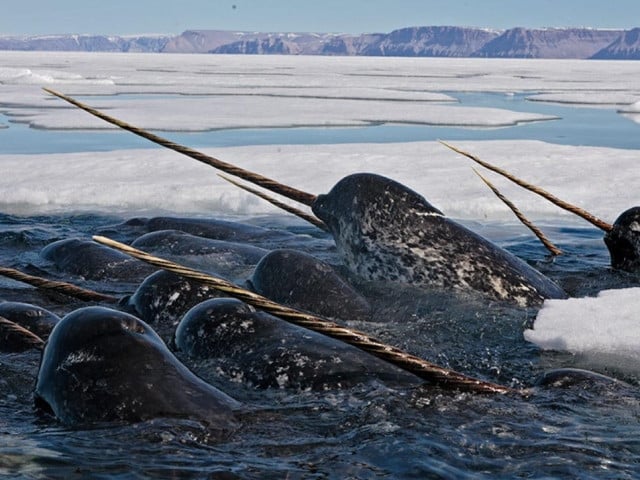
Orcas: Dolphins in Disguise
Despite their name, orcas—often called “killer whales”—are the largest members of the dolphin family. These apex predators prey on a wide range of marine life, from fish and penguins to seals, seabirds, and even other whales.
Whales continue to fascinate scientists and enthusiasts alike, showcasing extraordinary adaptations and resilience as they navigate the challenges of the modern ocean. However, they remain vulnerable to human activities, with conservation efforts critical to ensuring the survival of these incredible marine giants.
#fascinating #facts #whales






